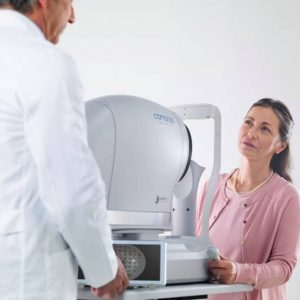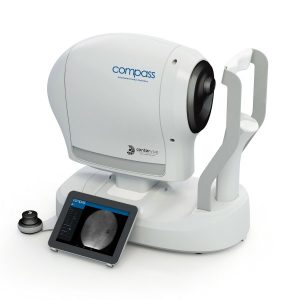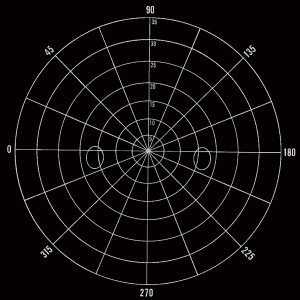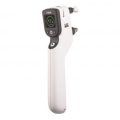Thanks to its ergonomic design, user-friendly program navigation and ease of operation, the OCULUS Centerfield® 2 Perimeter has proven itself to be an invaluable instrument in the Occupational Health area. The unit performs static perimetry up to 70° eccentricity. It also meets the requirements of the German Ophthalmological Society’s (DOG) Road Traffic Commission for conducting visual field testing in accordance with the regulations for the issuance of driver’s licenses and the Guidelines G25 and G41 issued by the German Institute for Occupational Health and Safety.
Ergonomic Design
The self-contained design and light-shielded viewer allow examinations to be conducted in normally lit rooms. Its robustness and light weight make the OCULUS Centerfield® 2 Perimeter the ideal unit for portable use, which is often a necessity in the Occupational Health area.
Reliable Results
The results of the perimetric measurements are summarized in a clearly structured printout. Areas of abnormality can be quickly recognized and re-examination of these areas independent of the test point grid gives the diagnostic analysis even greater reliability.
Modern Connectivity
The OCULUS Centerfield® 2 Perimeter can be operated via the USB port of a notebook or PC. Together with the supplied device software, this modern solution allows you to fully utilize all of the benefits of today’s IT systems, especially the network connectivity. This guarantees both safe storage of examination data and quick access to that data when needed.

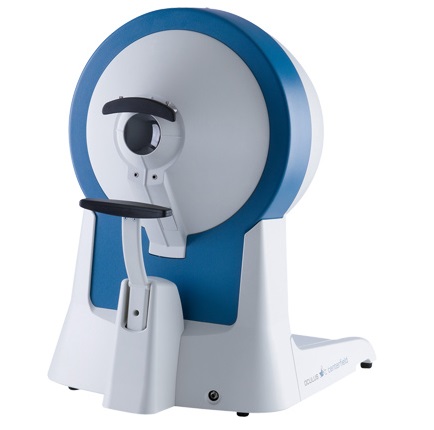
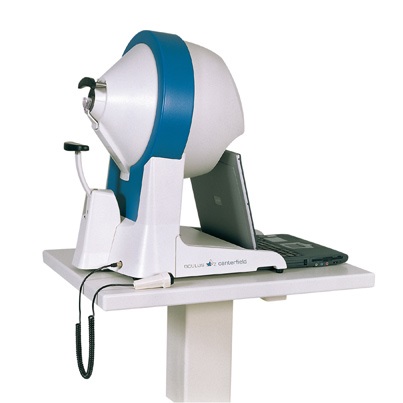
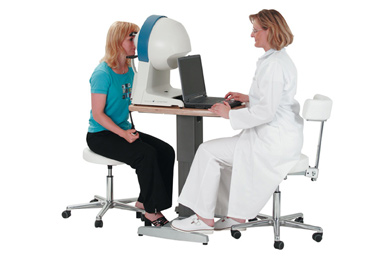



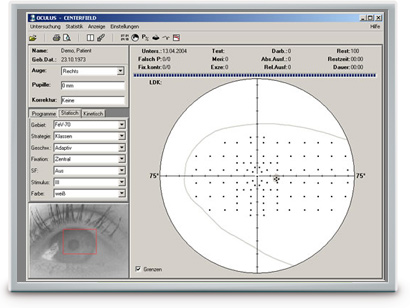 The Examination Programs
The Examination Programs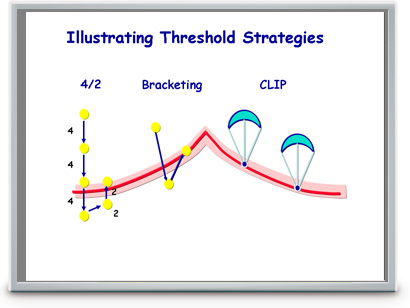 The OCULUS Test Strategies
The OCULUS Test Strategies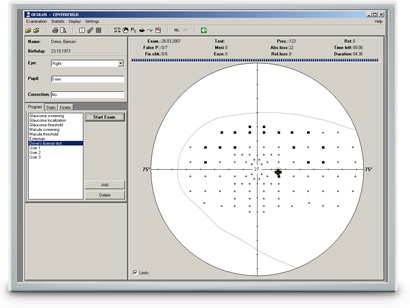 The OCULUS Test Point Grid
The OCULUS Test Point Grid
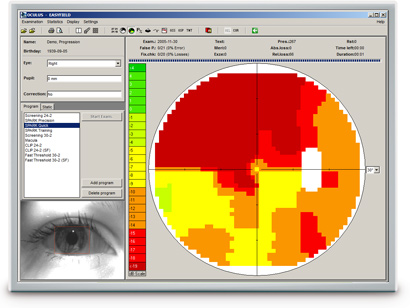 SPARK Strategy
SPARK Strategy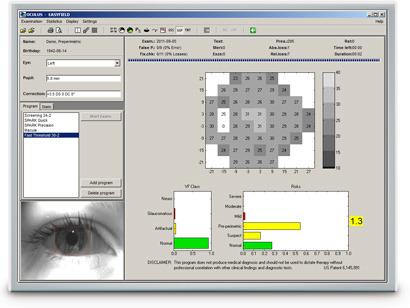
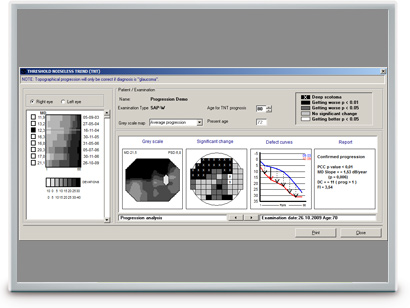 Threshold Noiseless Trend (TNT) Progression Analysis
Threshold Noiseless Trend (TNT) Progression Analysis